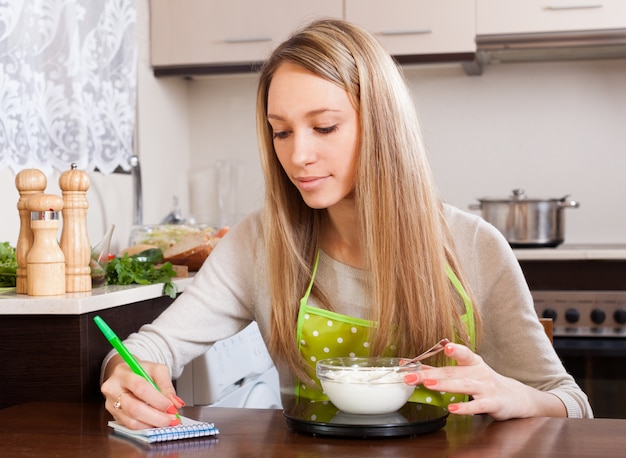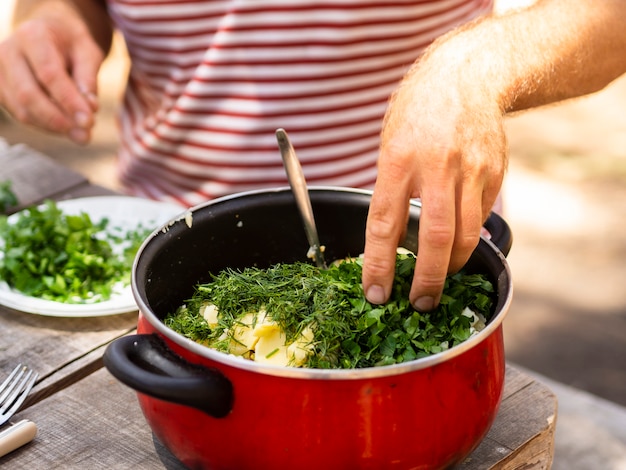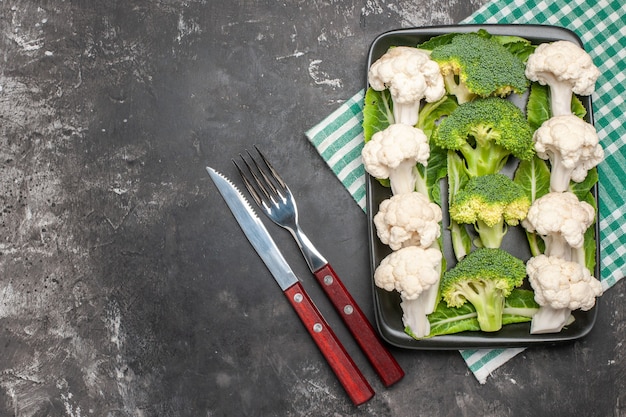Let's face it, Brussels sprouts have a bit of a reputation. They're often associated with childhood memories of bland, overcooked vegetables. But trust me, when roasted to perfection, Brussels sprouts transform into a delicious, caramelized delight. The trick is knowing just how long to roast them at 400 degrees to achieve that magic balance of tender inside and crispy outside.
Over the years, I've developed a knack for roasting these little gems. But I've also learned that there's no one-size-fits-all answer when it comes to roasting time. It’s all about understanding the factors that influence the process, like the size of the sprouts, the crowding on the baking sheet, and even your oven's quirks. So buckle up, grab your oven mitt, and let's dive into the world of Brussels sprout roasting!
(Part 1) Unveiling the Basics

Before we get into the nitty-gritty of roasting times, let's cover the essential ingredients and equipment you'll need.
What You'll Need:
- A baking sheet (with rims if possible)
- Brussels sprouts (about 1 pound)
- Olive oil (about 2 tablespoons)
- Salt and pepper to taste
- Optional: Your favourite seasonings (e.g., garlic powder, onion powder, paprika, red pepper flakes)
Prepping the Brussels Sprouts:
The first step is to trim off the bottom ends of the sprouts and remove any yellowed outer leaves. This ensures a more even cook and a less bitter flavour. Now, here comes the crucial part: cut the sprouts in half lengthwise if they’re large (bigger than an inch in diameter). Smaller sprouts can be left whole. Remember, the goal is to have them all roughly the same size for consistent cooking.
The Roasting Process:
With your oven preheated to 400 degrees Fahrenheit (200 degrees Celsius), toss the prepared Brussels sprouts with olive oil, salt, and pepper. Add any additional seasonings you fancy. Spread them out in a single layer on the baking sheet, making sure they have space to breathe. Avoid overcrowding the sheet, as this can lead to steaming instead of roasting.
(Part 2) Factors Affecting Roasting Time

Now, let's talk about the factors that play a crucial role in determining how long to roast your Brussels sprouts.
Size of the Brussels Sprouts:
Smaller sprouts cook faster than larger ones. For those tiny ones, you're looking at around 25 minutes, while larger sprouts might need an extra 5 to 10 minutes. Keep in mind that these are just estimates. The key is to achieve that perfect balance of tender insides and a beautifully caramelized exterior.
Crowding on the Baking Sheet:
This is where a lot of people go wrong. If you cram the sprouts too close together, they'll steam instead of roast, resulting in soggy, mushy results. Give them plenty of space, and they'll reward you with crispy, delicious goodness.
Type of Oven:
Every oven has its own personality. Some run hotter, while others are cooler. This can significantly affect your roasting time. Pay attention to your oven's quirks and adjust the cooking time accordingly.
(Part 3) The Signs of Doneness: A Sensory Guide

The best way to know when your Brussels sprouts are ready is by trusting your senses. Look, touch, and smell!
Visual Clues:
The sprouts should be a deep golden brown, almost mahogany in colour. If they're still pale, they need more time.
Textural Test:
The outer leaves should be crisp and slightly charred, while the inside should be tender and easily pierced with a fork. If they're still hard, give them a few more minutes.
Aromatic Appeal:
They should emit a nutty, slightly sweet aroma, almost like roasted chestnuts. If they smell raw, they need additional time in the oven.
I usually check them after 20 minutes and then every 5 minutes or so until they reach the desired level of doneness.
(Part 4) Troubleshooting: Common Roasting Mishaps
Let's face it, even the most experienced cooks have their roasting mishaps. But don't fret, there are solutions for most common problems.
Burnt Brussels Sprouts:
If the outsides are burnt but the insides are still raw, you've probably roasted them at too high a temperature or for too long. Unfortunately, you can't really fix burnt sprouts, but you can scrape off the burnt bits and try again with a lower temperature or shorter time.
Undercooked Brussels Sprouts:
This is much easier to fix. Simply return them to the oven for a few more minutes, checking them every couple of minutes until they reach the desired doneness.
(Part 5) Beyond the Basics: Flavor Explorations
Once you've mastered the basics of roasting Brussels sprouts, it's time to experiment with different flavors. Here are a few ideas to inspire your culinary creativity.
Citrus Burst:
Add a squeeze of lemon or orange juice and a sprinkle of zest to the roasting pan. The citrus will bring a refreshing and tangy twist. You can even add a few chopped rosemary sprigs for a fragrant touch.
Spicy Kick:
For those who love a bit of heat, add a pinch of red pepper flakes to the roasting pan. Or, if you want to take things up a notch, mix in a teaspoon of harissa paste with the olive oil. It’ll give your Brussels sprouts a beautiful, smoky flavour.
Sweet and Salty:
A sprinkle of brown sugar before roasting adds a touch of sweetness. You can also add a handful of chopped pecans or walnuts to the roasting pan for a delicious crunch.
(Part 6) Serving Suggestions: Brussels Sprouts Beyond the side dish
You've roasted your Brussels sprouts to perfection – now what? Here are some ideas beyond the traditional side dish.
A Star on the Plate:
Roast them to perfection, toss them with a balsamic glaze, and arrange them artfully on a plate with a grilled protein like chicken or steak. They become the star of the show.
Salad Sensation:
Add a bit of crunch and bitterness to your salads with roasted brussels sprouts. Toss them with a vinaigrette, some crumbled feta cheese, and toasted walnuts for a delicious and satisfying salad.
Soup and Stew Base:
Start your soup or stew with a base of sautéed Brussels sprouts, onions, and garlic. Then add broth and your favourite vegetables or meats for a hearty and flavorful meal.
(Part 7) Tips and Tricks: Elevate Your Roasting Game
Here are some additional tips and tricks to make your Brussels sprout roasting experience even better.
Baking Sheet with Rims:
A baking sheet with rims will help prevent any spills or messes. It also allows you to roast the sprouts in a single layer, ensuring even cooking.
Don't Overcrowd:
As we've mentioned, avoid overcrowding the baking sheet. If you have a lot of sprouts, use two baking sheets to give them adequate space.
Mid-Roast Toss:
For even cooking, toss the sprouts halfway through the roasting time. This ensures that all sides are exposed to the heat.
A Splash of Water:
Adding a tablespoon of water to the baking sheet before roasting helps to create steam and prevents the Brussels sprouts from drying out.
Don't Overcook:
It's easy to overcook Brussels sprouts. Keep a close eye on them and take them out of the oven when they're just tender. Overcooked sprouts become mushy and lose their flavour.
(Part 8) Variations and Experimentation: Beyond the 400-Degree Standard
Remember, this guide is a starting point, not a set of hard-and-fast rules. Don't be afraid to experiment with different seasonings, temperatures, and roasting times to discover your perfect roasting method.
Other roasting temperatures:
While 400 degrees is a great starting point, you can adjust the temperature to achieve different results.
Lower Temperatures:
For a slower, gentler cook, try roasting at 350 degrees. This will take longer but result in a more tender sprout.
Higher Temperatures:
To get your Brussels sprouts extra crispy, consider roasting at 450 degrees. Just watch them closely to prevent burning.
Different Cooking Times:
Experiment with different cooking times based on the size of the sprouts, your desired level of doneness, and your oven's quirks.
Adding Other Ingredients:
Enhance the flavour by adding other vegetables like onions, garlic, carrots, or potatoes. Just cut them to a similar size and adjust the roasting time accordingly.
Using Different Oils:
Explore different oils, like avocado oil or coconut oil, to add unique flavour profiles to your dish.
Herb and Spice Adventures:
Get creative with herbs and spices. Experiment with different combinations to find your perfect flavour profile.
(Part 9) A Table for Quick Reference
To simplify your roasting journey, here's a table with estimated roasting times for different sizes of Brussels sprouts at 400 degrees Fahrenheit.
| Size of Brussels Sprouts | Estimated Roasting Time |
|---|---|
| Small (1 inch or less in diameter) | 25-30 minutes |
| Medium (1-2 inches in diameter) | 30-35 minutes |
| Large (2 inches or more in diameter) | 35-40 minutes |
Remember, these are just estimates. It's always best to check your Brussels sprouts frequently to ensure they're cooked to your liking.
(Part 10) FAQs: Clearing Up Common Questions
Here are some frequently asked questions about roasting Brussels sprouts at 400 degrees.
1. What if my Brussels sprouts are unevenly sized?
Try to cut them all to a similar size to ensure even cooking. If you have a mix of sizes, you can roast the smaller ones for a shorter time and then add the larger ones later.
2. Can I roast Brussels sprouts with other vegetables?
Absolutely! Add other vegetables like potatoes, carrots, or onions. Just cut them to a similar size and adjust the roasting time accordingly.
3. Should I cover the baking sheet with foil?
It's best to leave the baking sheet uncovered. This allows the Brussels sprouts to get crispy and caramelized.
4. Can I roast Brussels sprouts in the air fryer?
Yes! Air frying is a fantastic way to cook Brussels sprouts. Toss them with oil and seasonings and air fry them at 400 degrees for about 10-15 minutes, or until tender and crispy.
5. What if my oven runs hot or cold?
If your oven runs hot, you might need to reduce the roasting time by a few minutes. If your oven runs cold, you might need to increase the roasting time. Check the Brussels sprouts frequently to make sure they're cooked to your liking.
With this comprehensive guide, you're well on your way to mastering the art of roasting Brussels sprouts. So ditch the preconceived notions and embrace the deliciousness of these humble vegetables, roasted to perfection!
Everyone is watching

Prime Rib Roast Cooking Time Chart: Per Pound Guide
Cooking TipsPrime rib roast. Just the name conjures images of lavish dinners, crackling fires, and hearty laughter. It’s ...

How Long to Bake Potatoes in the Oven (Perfect Every Time)
Cooking TipsBaked potatoes are a staple in my kitchen. They're incredibly versatile, delicious, and surprisingly easy to m...

Perfect Rice Every Time: The Ultimate Guide to Cooking Rice
Cooking TipsAs a self-proclaimed foodie, I've always been a bit obsessed with rice. It's the foundation of countless cuisi...

The Ultimate Guide to Cooking Asparagus: Tips, Techniques, and Recipes
Cooking TipsAsparagus. The mere mention of this spring delicacy conjures up images of vibrant green spears, crisp and burs...

Ultimate Guide to Cooking the Perfect Thanksgiving Turkey
Cooking TipsThanksgiving. Just the word conjures up images of overflowing tables laden with delicious food, the scent of r...
